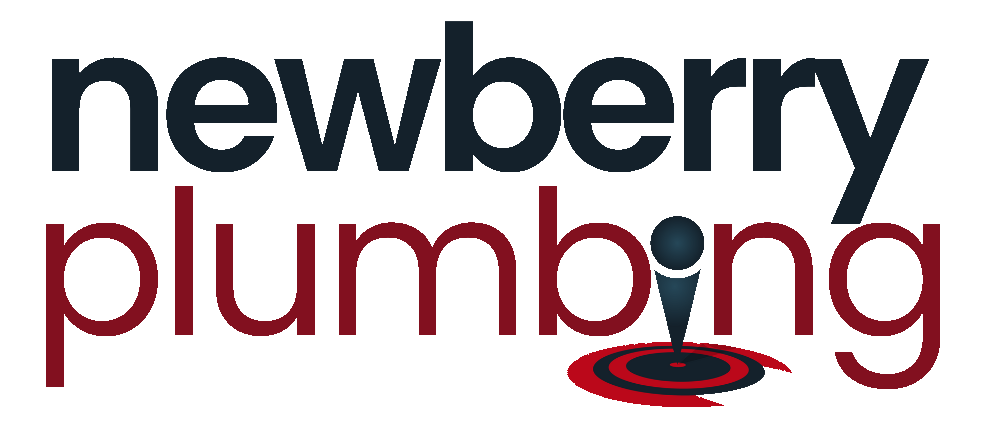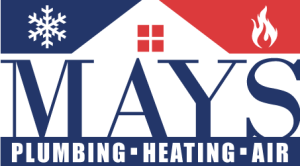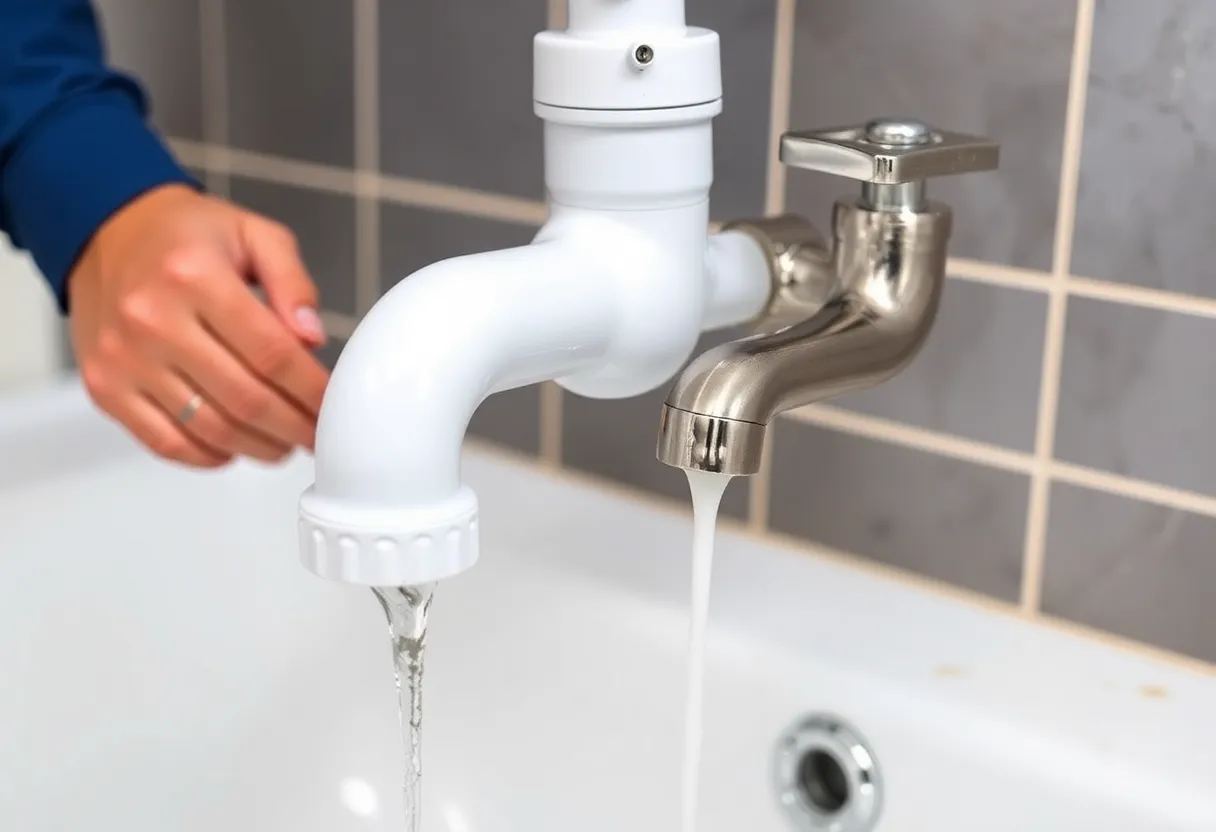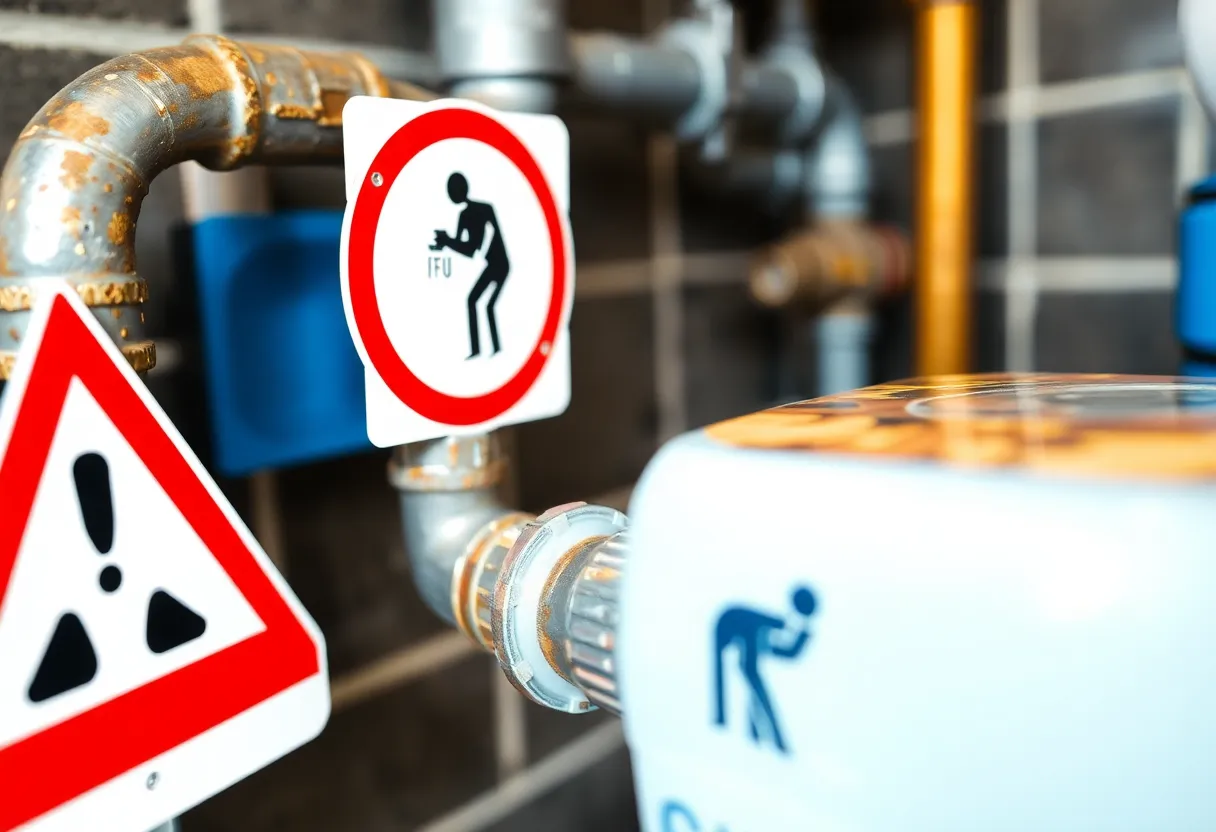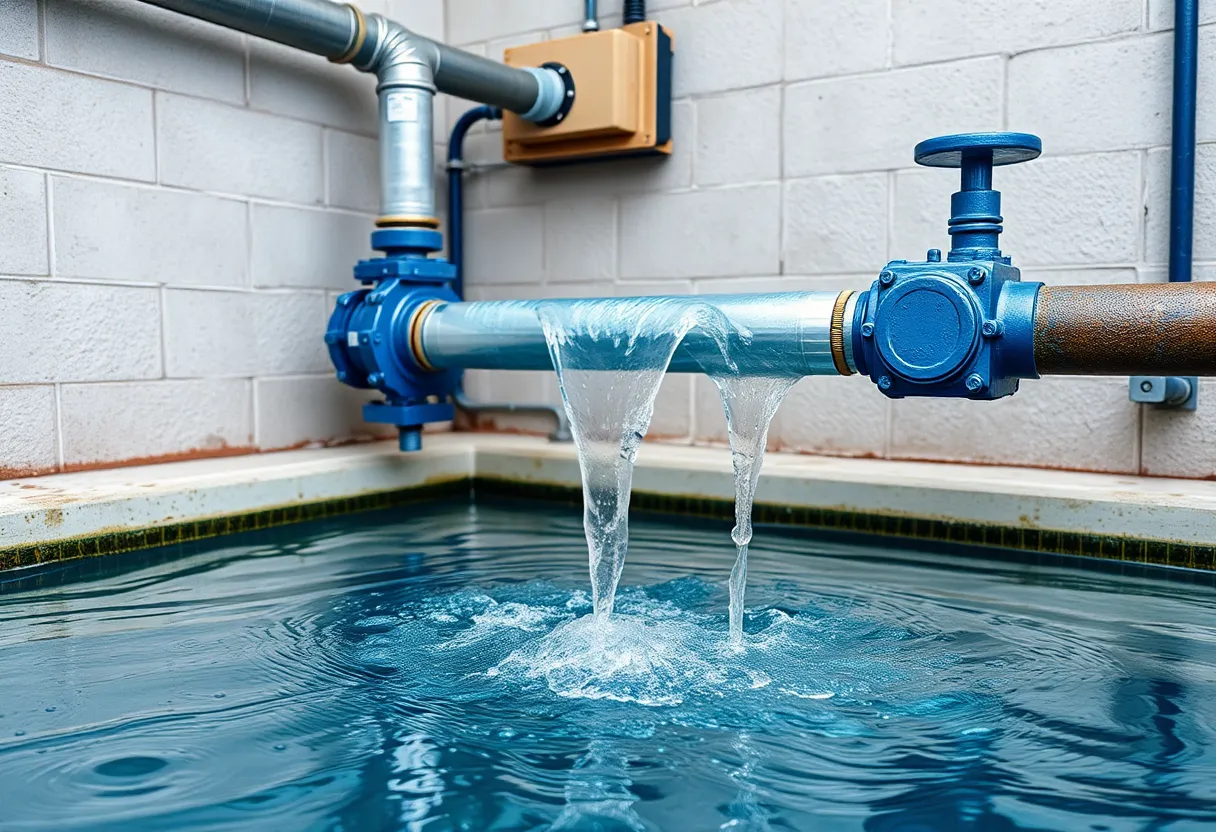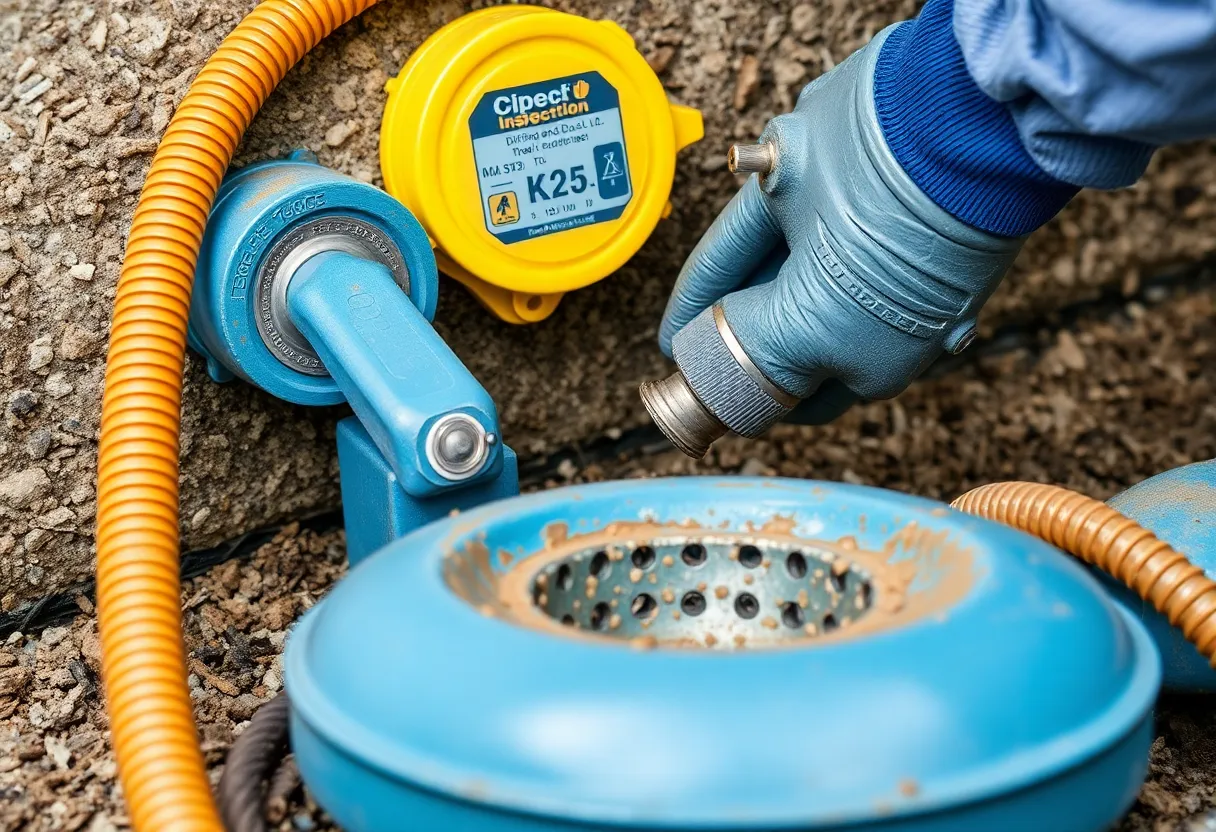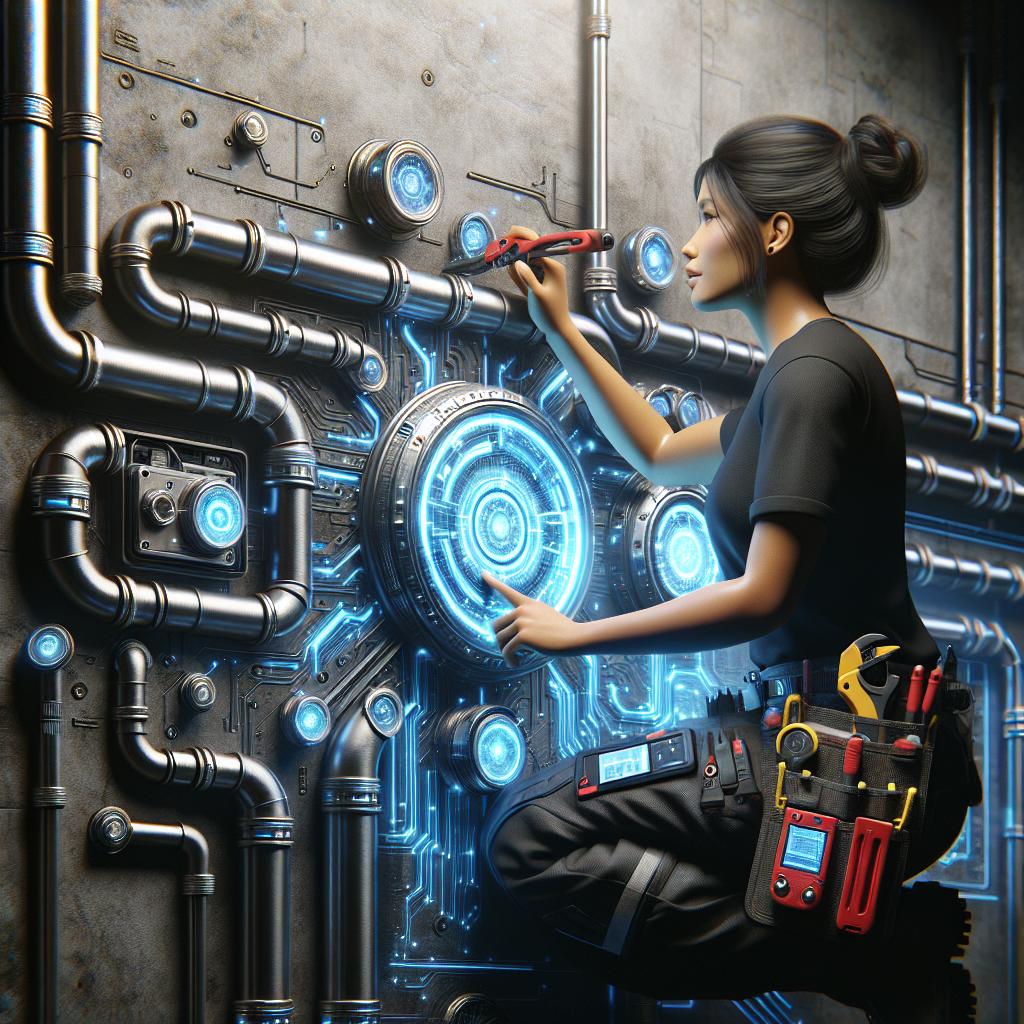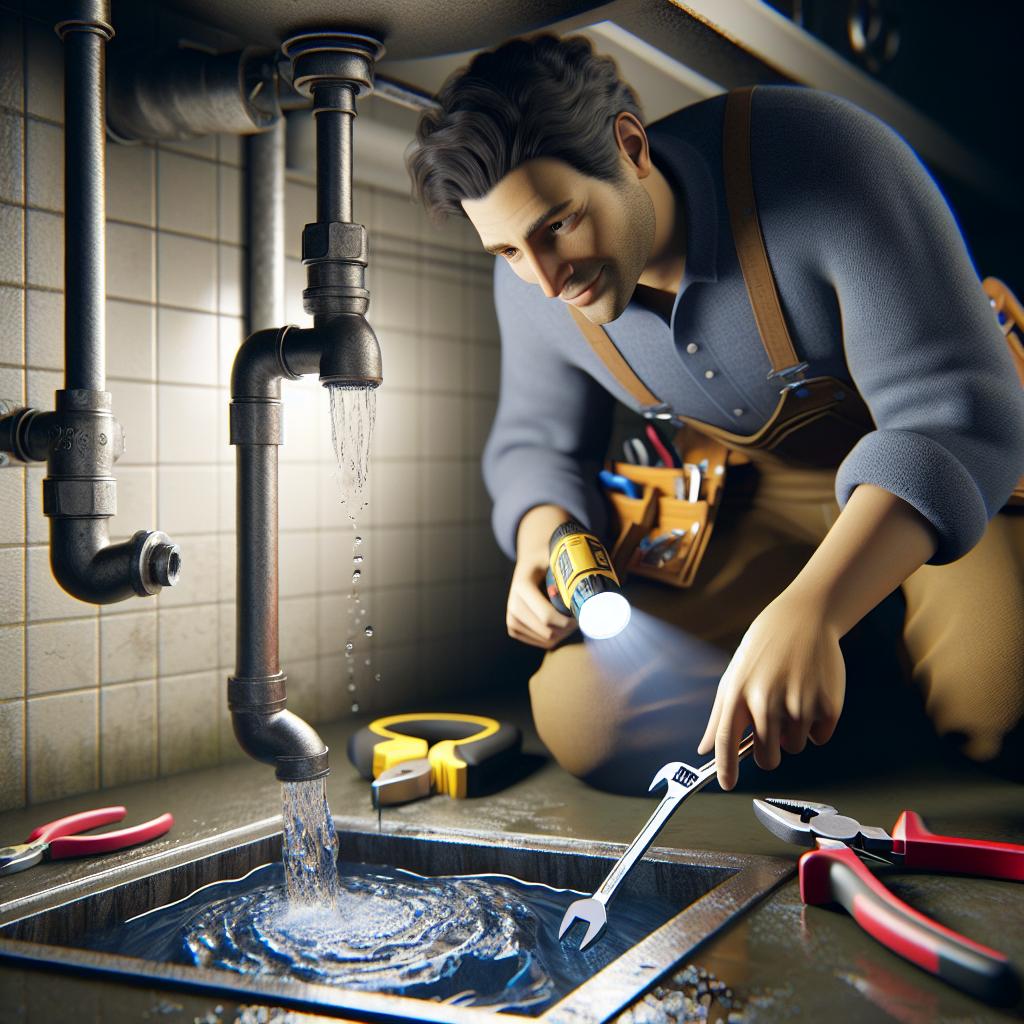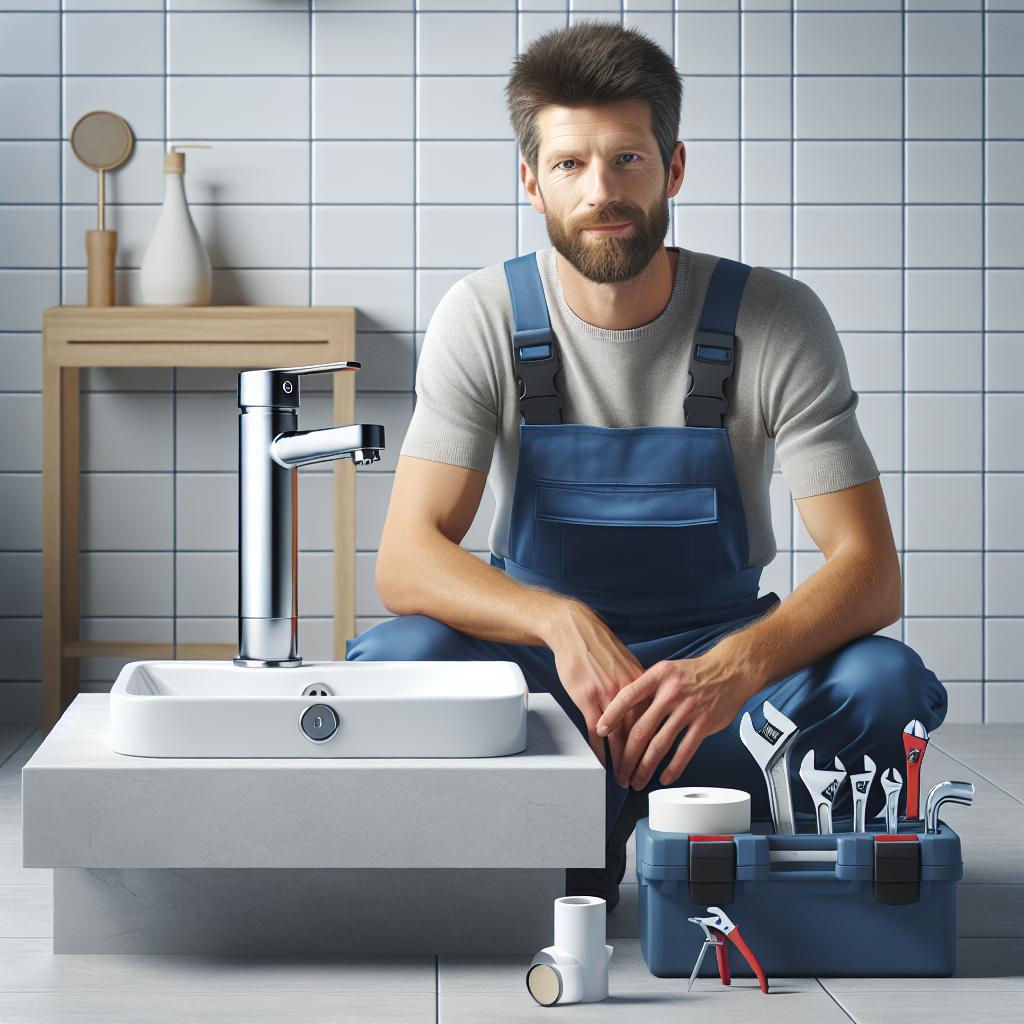The Green Pipe Revolution: 10 Sustainable Plumbing Practices to Save Water and Money
As the planet grapples with the realities of climate change and dwindling natural resources, the need for sustainability has never been greater. In the realm of home improvement and maintenance, plumbing is an area where significant changes can be made. This article delves into the Green Pipe Revolution—a movement focused on implementing sustainable plumbing practices that not only benefit the environment but also save you money. Below, we explore ten transformative practices to consider for your home or business.
1. Water-Efficient Fixtures
One of the simplest ways to reduce water consumption is by installing water-efficient fixtures. This includes faucets, showerheads, and toilets that are designed to use less water while still providing adequate performance. For example, low-flow showerheads can save an average of 2.5 gallons of water per minute without sacrificing water pressure. Similarly, dual-flush toilets allow users to choose between a full flush and a low-flush option, significantly reducing water use per toilet visit.
Benefits
- Lower water bills
- Reduced environmental impact
- Enhanced home value
2. Greywater Recycling Systems
Greywater is wastewater generated from household activities like showering, laundry, and washing dishes. Instead of letting this valuable water go to waste, consider installing a greywater recycling system. This system collects, treats, and redistributes greywater for non-potable uses such as landscape irrigation or toilet flushing.
How It Works
The process generally involves:
- Collecting greywater from various sources
- Filtering and treating the water to remove contaminants
- Reusing the treated greywater in your household
3. Rainwater Harvesting
Another proactive method to conserve water is through rainwater harvesting. This technique involves collecting rainwater from roofs and directing it to storage tanks for later use. The collected rainwater can be utilized for irrigation, landscaping, or even toilet flushing.
Implementation Tips
- Install gutters and downspouts to channel rainwater into barrels.
- Ensure that your collection system adheres to local regulations.
- Filter the water before use for safety.
4. Smart Irrigation Systems
For those with gardens or lawns, traditional irrigation methods often lead to overwatering and wastage. Transitioning to smart irrigation systems can optimize water usage. These systems use sensors and weather data to provide only the necessary amount of water based on current conditions.
Features of Smart Irrigation Systems
- Weather sensor integration
- Soil moisture detection
- Remote control via smartphones
5. Regular Maintenance and Inspections
Preventative measures can go a long way in reducing water waste. Regular plumbing inspections help identify leaks and malfunctions before they turn into costly repairs. Routine maintenance, such as checking for dripping faucets or running toilets, can save both water and money in the long run.
Recommended Maintenance Schedule
- Check all fixtures for leaks quarterly.
- Inspect pipes for signs of corrosion or blockage bi-annually.
- Consider a full plumbing assessment once a year.
6. Pipe Insulation
Insulating your pipes can help maintain water temperature, reducing the need for additional heating or cooling. This is especially important in colder climates, where insulated pipes minimize heat loss and prevent freezing. Consider using eco-friendly insulation materials to add another layer of sustainability to your plumbing.
Benefits of Pipe Insulation
- Improved energy efficiency
- Less risk of frozen pipes
- Reduced energy costs
7. Tankless Water Heaters
Traditional water heaters store and continuously heat large amounts of water, leading to significant energy waste. Tankless water heaters, on the other hand, heat water on demand, providing hot water only when needed. This system can significantly cut down energy costs and reduce the carbon footprint of your home.
Pros of Tankless Water Heaters
- Energy-efficient (up to 30% savings)
- Longer lifespan than traditional systems
- Compact design saves space
8. Sustainable Materials for Plumbing Installations
When it comes to plumbing installations, the choice of materials matters. Opting for sustainable materials can contribute to a greener home. Look for pipes made from recycled materials, such as PEX (cross-linked polyethylene) or PVC, which have lower environmental impacts compared to traditional metal piping.
Advantages of Sustainable Materials
- Less energy used in production
- Reduced landfill waste
- Long-lasting and durable options
9. Educating Household Members
One of the most effective ways to implement sustainable plumbing practices is through education. Take the time to educate your household members about water conservation techniques. Encourage everyone to take shorter showers, turn off the tap while brushing teeth, and fix leaks promptly.
Community Initiatives
Consider participating in community initiatives focused on sustainability. Workshops or local events can offer valuable resources and create a network of like-minded homeowners interested in conserving water.
10. Utilizing Technology
Technology can play a pivotal role in enhancing water conservation efforts. From smart home systems that monitor water usage to mobile applications that provide insights on your plumbing efficiency, the tools available today are designed to help homeowners make informed decisions about their water consumption.
Examples of Useful Technologies
- Water leak detection sensors
- Smart shower devices to track water usage
- Mobile apps for irrigation scheduling
Conclusion
The Green Pipe Revolution offers an array of options for homeowners and businesses looking to make an impact on water conservation. By implementing at least some of these sustainable plumbing practices, you can reduce your environmental footprint while also saving money. Every drop counts, and through collective effort and individual action, we can contribute to a more sustainable future.
Embrace these transformative practices, and join the movement towards a greener, more sustainable world. Your home’s plumbing can be more than just a necessity; it can be a testament to your commitment to protecting our planet.
